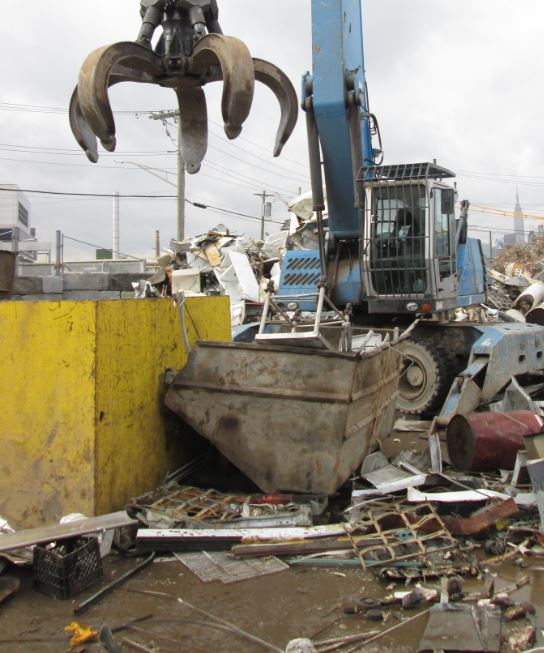
Ready for the OSHA Silica Exposure Standard in the Construction Industry?
In 2016 the Occupational Safety and Health Administration (OSHA) issued a standard to protect construction workers from silica exposure in the form of respirable silica dust. The standard was initially to be enforced on June 23, 2017 but recently OSHA delayed...

Engineering a Retaining Wall
Retaining walls are used to keep materials in place that otherwise would naturally slide due to pressure exerted by gravitational forces. A retaining wall is commonly used to create sharp, vertical changes in elevation on a landscape while ensuring long-term...

Emergency Generators for Municipal and Private Companies
All municipal and private companies understand the importance of maintaining an uninterrupted electrical supply. This level of importance only increases during storms and other critical events. It is imperative that all pivotal operations remain online. If a...

Class A Operator Violations in Nassau County
Has your facility been inspected by the Nassau County Department of Health (NCDH)? Since January 1, 2017, NCDH has been in charge of regulating petroleum bulk storage (PBS) at all sites in Nassau County. This was previously regulated by the Nassau County Fire...

Have You Received a Community Right to Know Violation?
The Community Right to Know program requires all businesses in New York City storing hazardous chemicals to report information on these potentially dangerous substances in order to better protect first responders and the community in the event of an emergency....

The Role of a Qualified Erosion and Sediment Control (E&SC) Inspector at Your Construction Site
Although it might not be immediately obvious, stormwater runoff from construction sites poses a serious environmental risk. When rain flows over unvegetated land, it flows quickly. Higher flow velocities enable runoff to carry sediment, litter, and other pollutants...

Air Quality Monitoring in the Construction Industry
Upon introducing oneself as an air quality monitor on-site, one will realize that almost every construction worker has a story of a job site that made them light-headed. Most only realized the effects when they got home after a full day of work; a few have stories of...

Hearing Protection in General Industry and Construction – What You Need to Know
Whether working at a manufacturing facility, an active construction site, or a concert hall, routine exposure to elevated noise levels in the working world poses potentially adverse health effects. Hearing loss can have a major impact on an individual’s quality of...

Waterfront Protection Structures – How to Safeguard Your Property and the Environment
Do you or your organization own a waterfront structure such as a jetty or bulkhead? Do you know the condition of it? Is it structurally sound? And safe? Does it comply with the local regulations? Many waterfront structures are not managed as well as they should be,...

How Will the Proposed Revised NYS DEC Part 360 Ruling (Released June 21, 2017) Affect You?
If you are the owner or customer of Fill Material Transfer Stations (FMTS) or C&D Facilities in the state of New York, you will be impacted by the new NYCRR Part 360 Ruling. It has been over a year since changes to Part 360 were proposed. After a round of...
